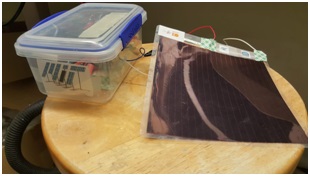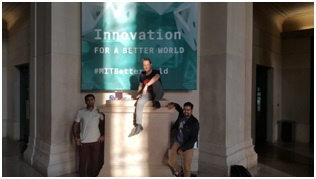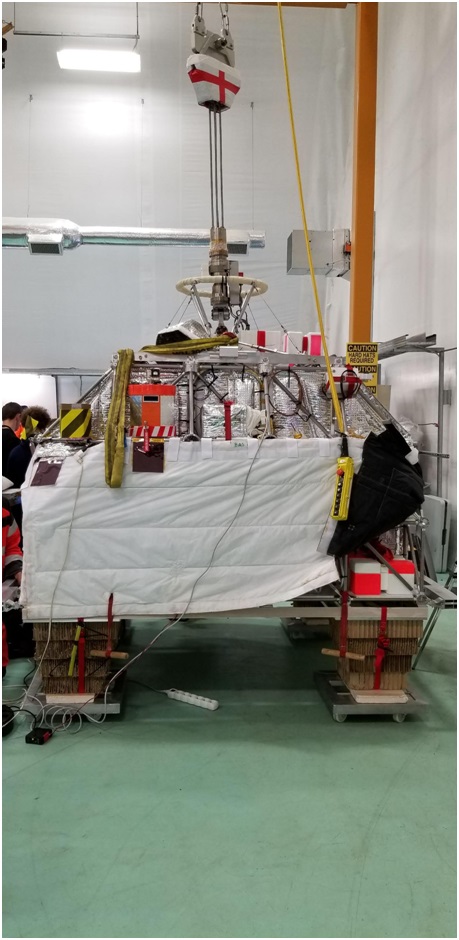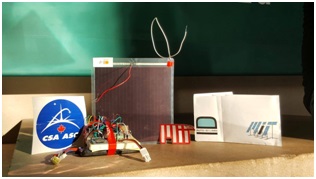i-MEET (@FAU), ZAE Erlangen and HI-ErN printed solar modules launched to the stratosphere for in-situ experiments in a collaborative project with MIT and CSA
A new type of organic solar modules from i-MEET, ZAE and HI-ErN was tested in space (the stratosphere) at 37 km altitude. The flight compatible characterization hardware was developed and built by researchers Dr. Jose Dario Perea, Dr. Aaron Persad, and Dr.(c) Nithin Reddy at the Massachusetts Institute of Technology (MIT), and was launched aboard a high-altitude balloon as part of the STRATOS flight campaign: a joint program between the Canadian Space Agency and the National Centre for Space Studies (CNES, France).
The balloon launched from Timmins, Ontario, Canada on the 31 August at 10pm Eastern and was safely recovered 10 hours later.
A key component of the flight hardware was a new type of organic solar panel developed in collaboration with researchers from the Friedrich Alexander Universität, the Erlangen site of the ZAE Bayern and the Helmholtz Institute Erlangen-Nuremberg (HI-ErN). Jose Perea, whose second affiliation is at the FAU, coordinated the efforts. The MIT & Erlangen researchers were interested in measuring the voltages and currents produced by the solar panel when exposed to the sunlight at high altitudes.
The STRATOS high-altitude balloon uses a sophisticated gondola to house the payloads: the gondola can be remotely oriented during flight such that the specially-made solar panels could be directed toward the Sun during sunrise. The joint research teams now plan to analyze any damage and degradation to the solar panel performance from their 10-hour exposure to space.
Included as part of the MIT & FAU payload were solar cells built by postwar children from Colombia using organic based materials. The children learned to make the solar cells in a STEM initiative to get them involved in space sciences, and to build their confidence in what amazing things they can accomplish. Their logo was also flown to space.
Onboard this flight were several Canadian and student payloads from SEDS-Canada’s CAN-SBX competition, congrats to the winning teams!
The joint research teams wish thank Steeve Montminy and his team at the Canadian Space Agency and at the Timmins Stratospheric Balloon Base for making the flight possible.
http://www.asc-csa.gc.ca/…/scien…/balloons/campaign-2019.asp
https://seds.ca/projects/can-sbx/
Photo credits: CSA/Steeve Montminy; MIT/Aaron Persad; SEDS-Canada/ Steeve Montminy
#CANSBX #STRATOS #MIT #CubesDeCienciaColombia #FAU





